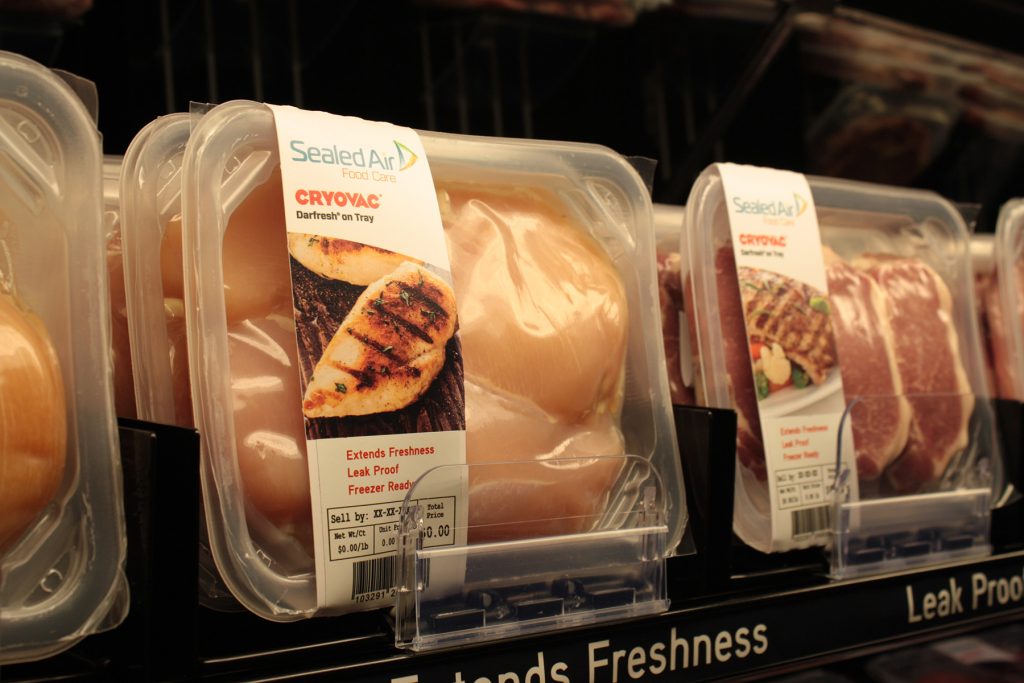The food packaging industry is currently undergoing a kind of cultural shift, driven by concerns about sustainability, the saturation of the food market itself, and the growing need to create attractive and profitable packaging that does not inconvenience consumers. This has led to substantial growth in flexible packaging. Flexible packaging includes bags, envelopes, bags, and other types of non-rigid packaging. In this blog post, we examine some of the main benefits of switching to flexible packaging for food products.

1. SUSTAINABILITY
An increasing number of consumers are very concerned about sustainability and actively avoid food products with unsustainable packaging. This is an area where flexible packaging can be extremely beneficial. According to research published in the US by the Flexible Packaging Association, using juice containers as a point of comparison, a flexible bag means less consumption of fossil fuels, less CO2 emissions and less use of landfills than main alternatives, including PET bottles, aluminum cans, and glass bottles.
2. CUSTOMIZATION
Another of the main advantages of flexible packaging is its customizability, as it can be adapted to a wide variety of shapes to accommodate a wide range of products. This customization can be further enhanced by the center-print flexo presses offered by CortalPrinting and, as they are ideal for high-quality, high-volume printing on demanding substrates, including flexible packaging. This makes it easy to create attractive and tailored food packaging products with quality labels that appeal to consumers.
3. COST ADVANTAGES
The adoption of flexible packaging also brings a number of cost benefits. For example, in many cases, less material is needed to make the package. In addition, it is estimated that flexible packaging can save space of up to 20%. This could lead to savings related to storage space, and can also lead to reduced shipping costs, as larger quantities of a product can be transported at one time.
4. CONVENIENCE
Lastly, flexible packaging also has the advantage of being extremely convenient for most customers, offering precisely what they need. In fact, industry studies show that the top five priorities for consumers when it comes to packaging are that they are:
- Easy to store,
- That it can be closed again,
- Easy to open,
- That can extend the life of the product, and
- Easy to transport or move.
Flexible packaging has the ability to meet all five requirements and significantly outperforms rigid packaging in most of these respects.





